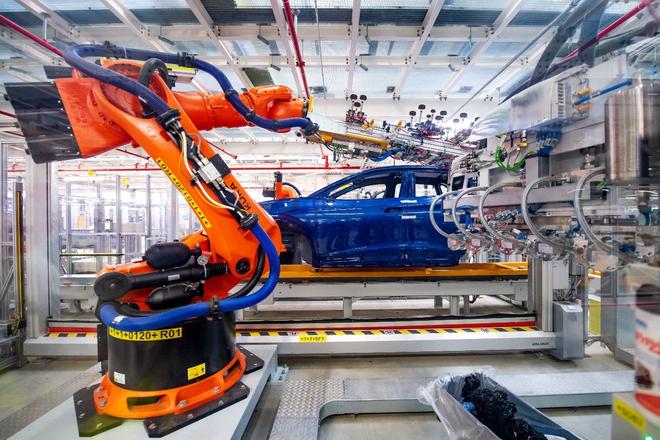The purchasing power of Slovaks can be compared with the average of the European Union through the lens of the so-called GDP at purchasing power parity per capita metric. It allows to discover how and whether Slovaks are catching up with the standard of living of more developed Western countries. On the other hand, it is a metric that sometimes has errors and imperfections.
Between 1995 and 2022 Slovakia was approaching the EU average, but much more slowly than its neighbouring countries. In 1995, the GDP at purchasing power parity in Slovakia was 49 percent. Among post-Soviet countries, it was the third highest after Slovenia and the Czech Republic.
During the debt crisis ten years ago, Slovakia even outpaced the Western countries being saved by the European bailout fund such as Portugal and Greece.
But then Slovakia lost steam. According to Eurostat, last year the GDP per capita fell from 71 percent of the EU average to 68 percent. Together with Greece, Slovakia thus ranked 25th and 26th among the 27 EU member states, just one place ahead of poorer Bulgaria.
In recent years, Slovakia has also been last among the V4 countries. Eurostat is not the only organisation reporting bad numbers, but also the World Bank, OECD and International Monetary Fund.
Institute of Social Policy analyst, Marek Hlaváč, points out that the data are not completely accurate in the case of Slovakia. In an analysis, he looked at the reasons why Slovakia, especially between 2015 and 2016, experienced a suspiciously significant drop in GDP per capita, followed by further lagging behind the richer EU countries.
Smer and co. doing nothing
The Slovak economy is lagging behind and the gap between it and Europe is growing because the effect of the reforms made 20 years ago has worn off.


 Car-making is crucial for Slovak industry. (Illustrative Photo) (source: Sina Schuldt, TASR)
Car-making is crucial for Slovak industry. (Illustrative Photo) (source: Sina Schuldt, TASR)